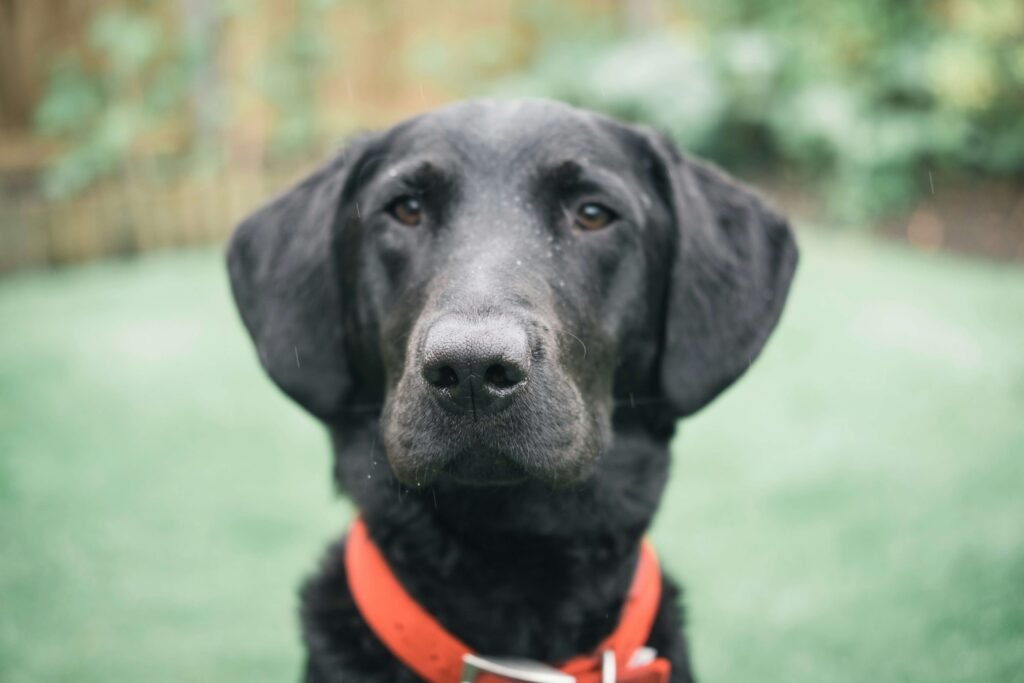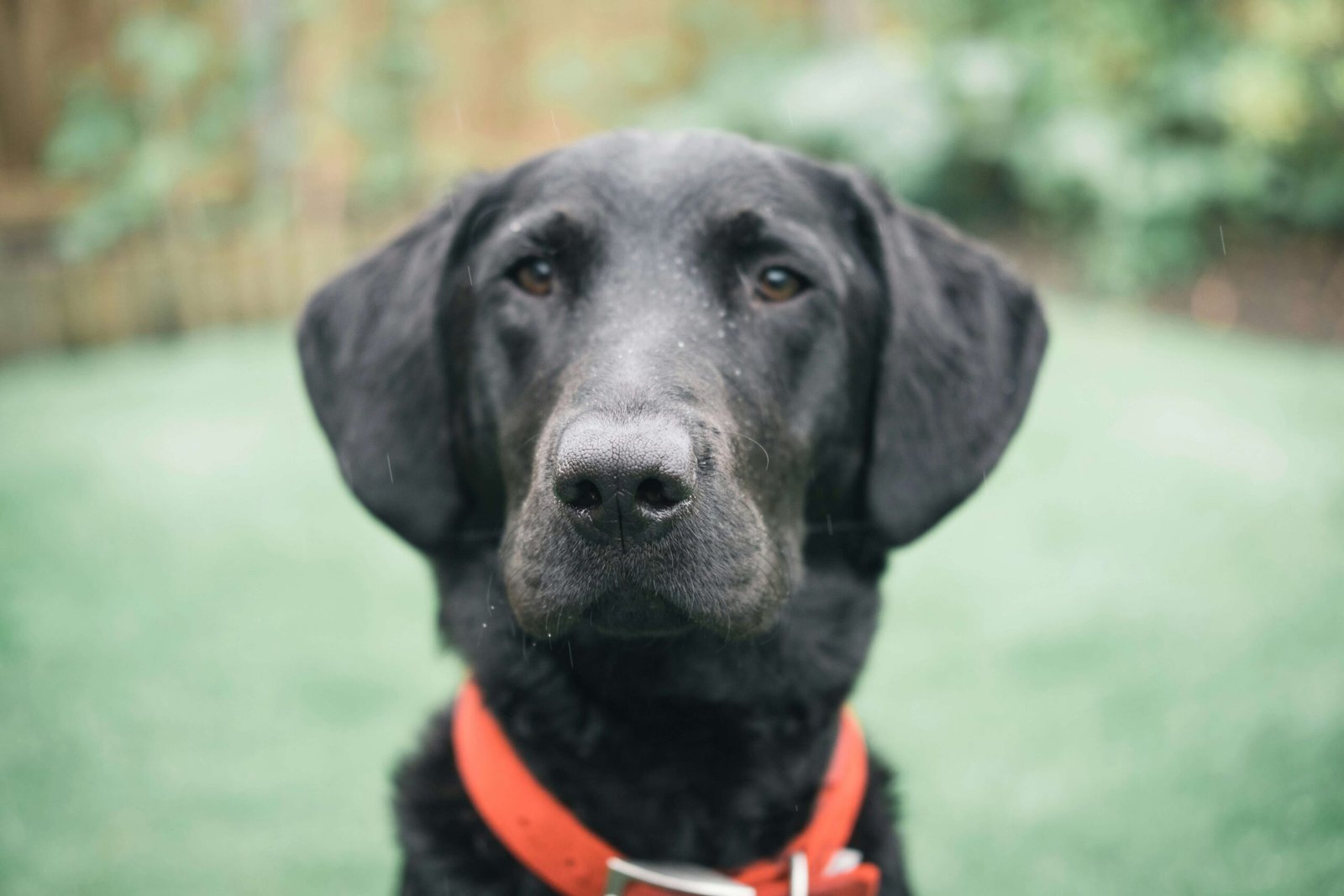Rehoming an Aggressive Dog: A Compassionate Guide
Rehoming a dog is never an easy decision, but when that dog exhibits aggressive behavior, the process can feel overwhelming. Many pet owners find themselves in this challenging situation, torn between their love for their furry companion and the safety of their family or community. Whether the aggression stems from past trauma, lack of socialization, or other factors, rehoming an aggressive dog requires careful thought, planning, and compassion. This guide aims to walk you through the emotional and practical aspects of this journey, offering actionable steps to ensure the best possible outcome for both you and your dog.
Understanding Aggression in Dogs
Aggression in dogs is a complex issue that can stem from various causes. Before deciding to rehome your dog, it’s essential to understand what might be triggering their behavior. Here are some common reasons why dogs may exhibit aggression:
Fear-Based Aggression: Dogs often react aggressively when they feel threatened or scared.
Territorial Instincts: Some dogs become aggressive to protect their space or family members.
Past Trauma: Rescue dogs or those with a history of abuse may act out due to unresolved emotional scars.
Lack of Socialization: Dogs not exposed to different environments, people, or animals during their formative months may develop defensive behaviors.
Medical Issues: Pain or illness can cause a dog to lash out as a way of communicating discomfort.
Understanding the root cause of your dog’s aggression is crucial. It not only helps you make informed decisions about rehoming but also ensures that potential adopters are aware of the challenges they might face. Remember, aggression is not a personality trait—it’s often a symptom of something deeper.
Steps to Prepare Your Dog for Rehoming
Once you’ve decided to rehome your aggressive dog, preparation is key to finding them a suitable new home. Taking proactive steps can increase the chances of a successful transition. Below are some important actions to consider:
Consult a Professional Trainer or Behaviorist: Work with an expert who specializes in aggression to assess your dog’s behavior and provide guidance.
Document Their History: Create a detailed profile of your dog, including their triggers, likes, dislikes, and any training milestones.
Update Vaccinations and Health Records: Ensure your dog is up-to-date on vaccinations and has a clean bill of health before introducing them to a new family.
Socialize Gradually (If Safe): If your dog’s aggression isn’t severe, controlled exposure to new people or environments may help reduce their anxiety.
Be Honest About Their Needs: Transparency is critical. Clearly communicate your dog’s behavioral challenges to potential adopters.
Preparing your dog for rehoming demonstrates responsibility and care. By setting them up for success, you’re giving them the best chance at finding a loving forever home.
Check this guide 👉How to Train a Rescue Dog: Best 7 Expert Tips!
Check this guide 👉The Challenge of Training Stubborn Dog Breeds: Best 7 Tips!

Challenges of Rehoming an Aggressive Dog | Solutions to Overcome Them |
|---|---|
Difficulty finding willing adopters | Seek specialized rescue organizations |
Miscommunication about behavior | Provide thorough documentation |
Risk of returning to the shelter system | Vet potential homes carefully |
Emotional strain on the owner | Seek support from professionals |
Limited resources for behavioral training | Explore affordable training options |
Finding the Right Home for Your Dog
Not every household will be equipped to handle an aggressive dog, so finding the right match is vital. Consider these factors when evaluating potential adopters:
Experience Level: Look for individuals or families experienced with handling challenging behaviors.
Home Environment: A calm, structured environment is ideal for managing aggression.
Other Pets and Children: Assess whether the household has young children or other pets, which could complicate integration.
Commitment to Training: Ensure the adopter is willing to invest time and effort into ongoing training.
Long-Term Plans: Verify that the adopter intends to keep the dog for life, avoiding future rehoming scenarios.
Choosing the right home requires patience and diligence. Rushing this process could jeopardize your dog’s well-being and safety. Prioritize quality over speed to secure a stable and loving environment.
Supporting Your Dog During the Transition
The rehoming process can be stressful for both you and your dog. To ease the transition, focus on providing consistent support during this period:
Maintain Routine: Stick to your dog’s usual schedule as much as possible to minimize stress.
Provide Comfort Items: Send familiar items like blankets or toys to help them adjust to their new surroundings.
Stay Involved Initially: Offer to assist the new owners by answering questions or sharing tips about your dog’s preferences.
Monitor Progress: Check in periodically to ensure the placement is working well for everyone involved.
Seek Closure for Yourself: Allow yourself time to grieve the loss of companionship while celebrating the opportunity you’ve given your dog.
Your role doesn’t end once your dog moves to their new home. Continued involvement can make all the difference in ensuring a smooth adjustment for your beloved pet.
Recognizing Early Warning Signs of Aggression
Before rehoming becomes the only option, it’s crucial to recognize early warning signs of aggression in dogs. Addressing these behaviors promptly can sometimes prevent them from escalating into more serious issues. Here are some common indicators that your dog may be struggling with aggression:
Growling or Snarling: These vocalizations often serve as a dog’s way of communicating discomfort or fear.
Stiff Body Language: A rigid posture or raised hackles can signal that a dog feels threatened.
Biting or Nipping: Even minor biting incidents should not be ignored, as they can escalate over time.
Resource Guarding: Dogs may become aggressive when protecting food, toys, or their sleeping area.
Avoidance or Hiding: Some dogs express their unease by retreating or avoiding interaction altogether.
Identifying these signs early allows you to intervene before the behavior worsens. With proper training and care, many dogs can overcome these challenges and remain in their original homes.
Building Trust with Your Aggressive Dog
Building trust is essential when working with an aggressive dog, whether you plan to keep or rehome them. Strengthening your bond can help reduce anxiety and improve their behavior over time. Here are some strategies to foster trust:
Use Positive Reinforcement: Reward calm and non-aggressive behavior with treats, praise, or playtime.
Respect Their Boundaries: Avoid forcing interactions that make your dog uncomfortable or defensive.
Create a Safe Space: Designate a quiet area where your dog can retreat when feeling overwhelmed.
Practice Patience: Building trust takes time, so avoid rushing or expecting immediate results.
Engage in Play Therapy: Gentle games like fetch or tug-of-war can help build confidence and strengthen your connection.
By focusing on trust-building exercises, you’re not only improving your dog’s quality of life but also making them a better candidate for rehoming if necessary.
Educating Potential Adopters About Aggression
When rehoming an aggressive dog, educating potential adopters is key to ensuring a successful placement. Many people underestimate the commitment required to manage aggressive behaviors, so clear communication is vital. Here are some points to discuss with prospective adopters:
Realistic Expectations: Explain that progress may take months or even years, depending on the dog’s history.
Training Commitment: Emphasize the importance of ongoing professional training and socialization efforts.
Safety Protocols: Share specific strategies for managing triggers and preventing dangerous situations.
Financial Considerations: Highlight potential costs, such as trainer fees, medical expenses, or specialized equipment.
Emotional Preparedness: Encourage adopters to reflect on their ability to handle challenging moments without frustration.
Providing thorough education helps set realistic expectations and ensures that adopters are fully prepared for the responsibility ahead. This transparency ultimately benefits both the dog and their new family.
Frequently Asked Questions About Rehoming an Aggressive Dog
Is it possible to rehabilitate an aggressive dog?
Yes, many dogs can improve with proper training and patience, though results vary depending on the severity of the aggression.
Should I list my dog on general adoption websites?
It’s better to work with specialized rescues or trainers who understand aggression rather than relying solely on public platforms.
What if no one wants to adopt my aggressive dog?
Specialized sanctuaries or long-term foster programs may offer alternative solutions for dogs struggling to find traditional homes.
How do I know if a potential adopter is qualified?
Ask detailed questions about their experience, home setup, and plans for addressing your dog’s needs.
Can I rehome my dog without feeling guilty?
While guilt is natural, remember that prioritizing your dog’s welfare is an act of love and responsibility.
A New Beginning for You and Your Dog
Rehoming an aggressive dog is undoubtedly one of the hardest decisions a pet owner can face. However, approaching the process with empathy, preparation, and determination can lead to a positive outcome for everyone involved. By understanding your dog’s needs, seeking professional guidance, and finding the right home, you’re giving them a second chance at happiness. Though letting go may bring mixed emotions, know that you’ve acted out of love and a desire to see your dog thrive. May this journey mark the beginning of healing and hope—for both you and your faithful companion.
Cat Fever Treatment: Best 7 Expert Tips! Discover expert advice on identifying, managing, and treating fever in cats to ensure their quick recovery and well-being.
Understanding Meloxicam for Cats: Best 7 Expert Tips! Learn how to safely administer meloxicam, manage side effects, and ensure your cat's comfort with expert advice on feline pain relief.
Amoxicillin for Cat UTI: Best 7 Expert Tips! Discover safe usage, dosage guidelines, and expert advice on treating feline urinary tract infections effectively with amoxicillin.
Understanding Cat Cancer Treatment: Best 7 Expert Tips! Discover expert advice on managing feline cancer, from early detection to treatment options, ensuring your cat’s health and comfort.





